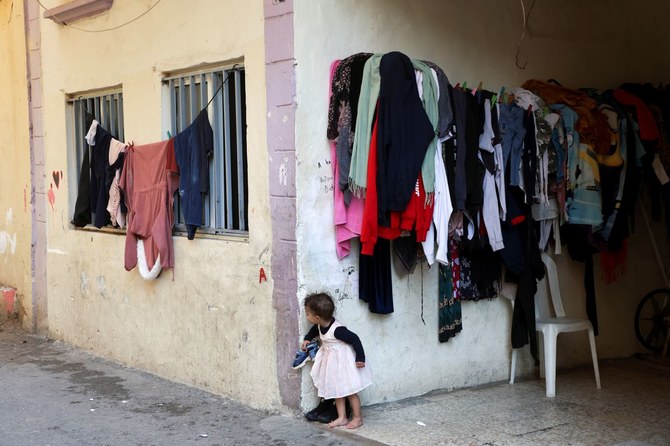
Sara Al-Mulla
The notions of social progress and environmental sustainability have always been at the heart of public policy discussions. The result of this rumination is what experts dub “social innovation” — solutions that are uniquely poised to not only deliver economic success, but also to maximize societal welfare.
The idea has been gaining momentum for the past century or so. After the debilitating era of the two world wars and the Great Depression of the 1930s, many people’s livelihoods were blighted by poverty, income losses, unemployment, vagrancy and disease. Consequently, a number of progressive governments conceptualized robust welfare systems to support their populations, including pensions for retirees, job creation for the masses of unemployed people, and social assistance for low-income groups.
Furthermore, private sector enterprises were under increasing pressure to be mindful of the social and environmental impacts of their operations. Corporate social responsibility is now considered an integral part of many businesses, balancing their economic objectives with giving back to societies. In recent decades, a number of retailers have championed CSR practices by shifting toward plastic-free packaging, sourcing directly from farmers, investing in recycling, adopting fair trade practices and eliminating plastic bags at checkouts.
In the near future, the Middle East and North Africa region must leverage the collective creativity and ingenuity of various actors to tackle issues in a manner that balances economic interests, environmental sustainability and social value. The COVID-19 pandemic has amplified the need for social innovation practices to reduce the vulnerabilities of disadvantaged groups, such as children living in poverty, at-risk youths, low-income groups, minority groups and young female students or employees.
Social innovators have come into play to drive much-needed social transformations by wielding global interest and funding for their ideas, while partnering with local grassroots organizations to deliver solutions. We have already witnessed the phenomenal impacts of social innovation in delivering community-based solutions to issues as pressing as poverty alleviation, early childhood development interventions, sustainable farming standards, health services, work integration programs, and environmental campaigns.
In recent decades, we have witnessed a remarkable surge in global interest in social innovation. One of the most prominent actors in this arena is the Schwab Foundation for Social Entrepreneurship, which helps social innovation leaders implement social-based projects around the globe. The Switzerland-based foundation has helped improve the lives of more than 700 million people since it was founded in 1998. Its programs cover a range of transformative solutions, such as healthcare services, improved access to nutrition, better access to financial solutions, enhanced social and economic livelihoods, and improved access to education.
A number of other such projects around the world can only serve to inspire us with their ingenuity and social benediction. In Singapore, the Gardens by the Bay area is home to a number of “supertrees” — artificial trees up to 50 meters in height that serve as sources of solar power, vertical planting for more than 150,000 varieties of plants, and promoters of green space in the city. They are a wonderful illustration of green innovation with a handful of social objectives in mind.
In other examples, we can see how enterprises of any size are able to make a difference in their local communities through targeted social programs. For instance, Swiss multinational Nestle has pledged to reach net-zero emissions by the year 2050 and to deliver positive environmental impacts along the way, such as by planting 20 million trees each year over the next decade, ending deforestation in its primary supply chains by 2022 and fully transitioning to renewable electricity by 2025. Its global youth initiative aims to help 10 million youths find employment by 2030 through mentorship and training programs.
The COVID-19 pandemic has amplified the need for social innovation practices to reduce the vulnerabilities of disadvantaged groups.
Another example is the Singapore-based coffee academy Bettr Barista, which organizes six-month masterclasses that enable marginalized women and at-risk youths to become professional baristas. The course equips trainees with on-the-job experience, in addition to life skills, yoga, self-defense, and self-confidence and resilience skills. About 93 percent of the 44 graduates thus far have successfully found permanent employment.
The MENA region can draw up an ambitious blueprint to engage multiple actors that are passionate about conceptualizing and implementing social innovation solutions. Many progressive governments have designed incentives and regulatory frameworks to support philanthropic organizations, civil society and private donors to engage in social innovation. For example, the UK government conceptualized the idea of community interest companies in 2005, enabling companies to engage in various profit-making activities while also delivering social value to communities. Regulatory environments must be designed to pave the way for social enterprises to thrive, such as by addressing transparency, funding and incentives.
National governments can publicize priority policy areas that need to be tackled, such as increasing girls’ access to education, supporting female entrepreneurs, delivering public health programs, fighting the effects of climate change on local communities, and introducing early childhood interventions. Key data should be shared online, along with information about affected communities and geographies so that comprehensive and workable solutions can be formulated. Multiple actors will then be engaged to source ideas and implement solutions.
National funds need to be established to award grants and finance to successful proposals, such as the Ma’an fund established by the Department of Community Development in Abu Dhabi or the Social Innovation Fund established by the Scottish government. Funding must also be channeled toward research and development in world-class social innovation practices, such as the exemplary work conducted by Finland’s leading innovation agency SITRA and Hitachi’s Global Social Innovation Business. Educational programs must also cultivate relevant knowledge and skills.
There is much room to reimagine the way complex problems are solved by integrating the three key pillars of social, economic and environmental value into the equation.
Courtesy: Arab News


